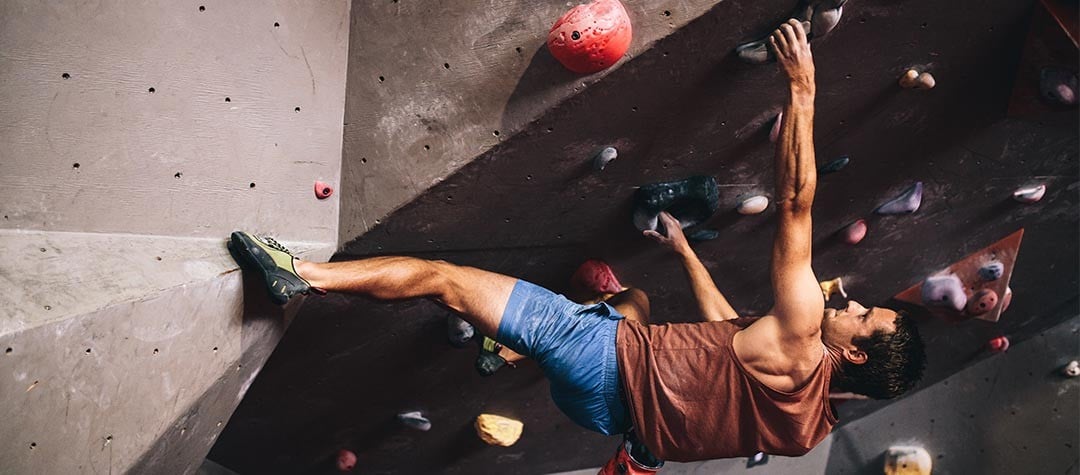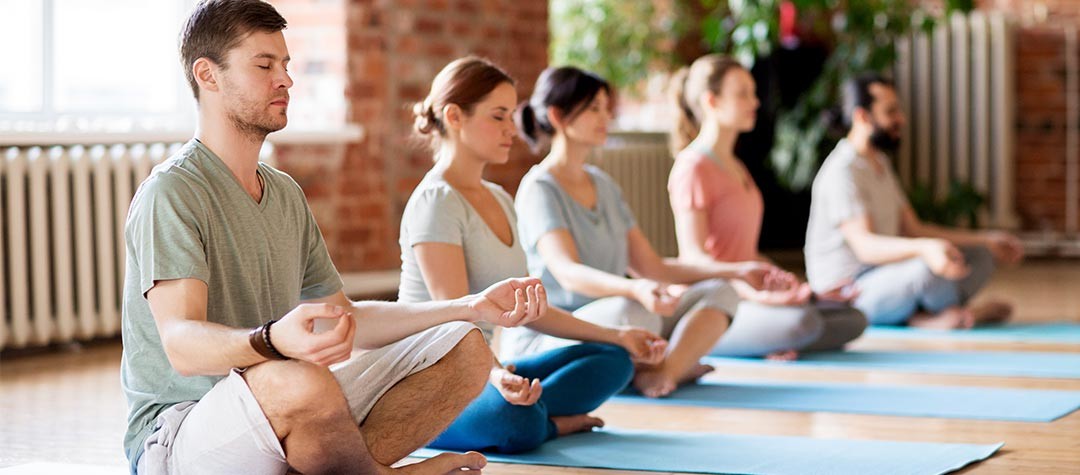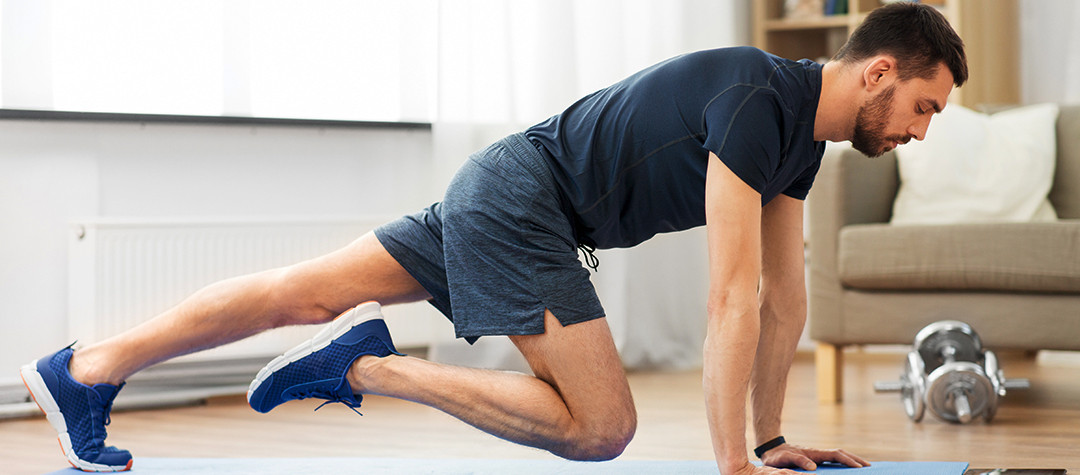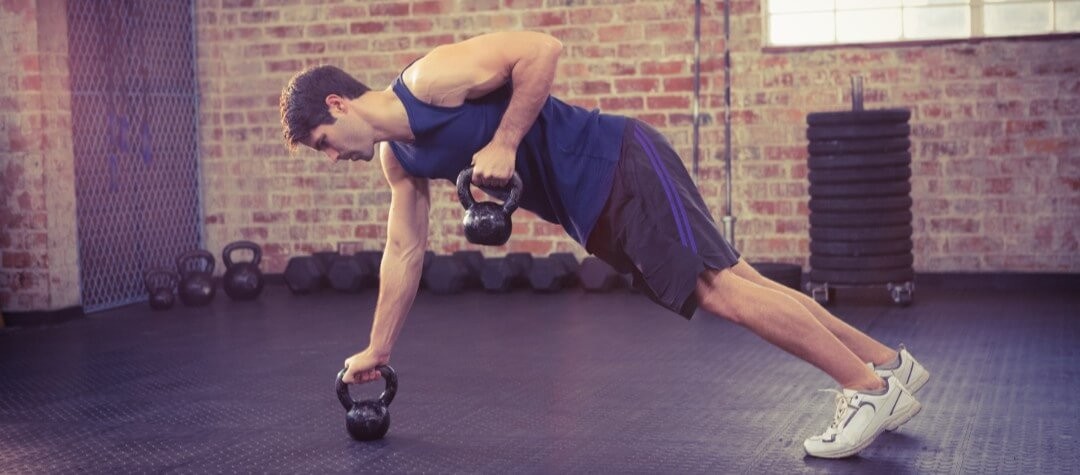Training indoors offers many benefits to the outdoor enthusiast. Indoor training offers a safe environment in which to learn new sports or to practice them regularly as well as improving your fitness.
Many outdoor activities take place in remote areas that you might not be able to travel to regularly - but being able to train regularly in an indoor environment will enable you to develop and maintain your skills in activities as diverse as rock climbing, scuba diving, skiing and skydiving. Another benefit of indoor training is that practicing the activity is not reliant on weather conditions. This guide takes you through some of the benefits of training in ‘the great indoors’ in order to help you get out there and enjoy adventures in the great outdoors.
Gym and swim indoor training
A decent level of general fitness is key to being able to get the most out of your activity when in the great outdoors, so gym training and swimming offer a great opportunity to work on your fitness before you head outside. Gyms and swimming pools offer great facilities in which to improve your cardio fitness.
- One of the best ways to train for any outdoor activity is to keep yourself generally fit. Being in good shape before you start any activity will increase your enjoyment and reduce your risk of personal injury through fatigue or muscle strains - and a great way to maintain your fitness is to go to the gym or pool regularly.
- Gyms and swimming pools offer great facilities in which to increase your cardiovascular or CV (heart and lung) fitness, as well as increase your strength by using cycle machines, rowers, joggers, cross-trainers, weight machines and many other types of equipment.
- Join a local gym and explain your training needs and goals to the instructors, who will design a personal training program to help you get fit for your outdoor adventures.
- Swimming is also a great way to get fit, and will provide you with a great cardio and all-round body workout without pounding on your joints like jogging can do.
Indoor rock climbing walls
Indoor rock climbing offers a perfect introduction to the sport and allows you to get to grips with the basics in a controlled, safe environment without having to be concerned about weather.
- Indoor rock climbing walls offer a superb and fantastically safe environment in which to learn to rock climb.
- Many climbers who escape from work at the weekends to go climbing outdoors still visit a local indoor climbing wall one or two evenings a week to keep on top of their climbing.
- Even experienced rock climbers can benefit immensely from indoor climbing walls, as they offer the opportunity to train regularly to maintain skill levels without having to worry about the weather.
- Climbing wall centres often offer introductory rock climbing courses for people interested in getting involved in climbing. If you go on one of these courses, the instructors will guide you through the equipment used and basic rock climbing techniques - plus most courses will culminate in the group visiting an outdoor rock-climbing crag to put into practice what you have learned.
Indoor ice climbing walls
Practice ice climbing year-round thanks to a growing number of ice climbing walls which offer a perfectly safe environment to get to grips with the exciting sport.
- Ice climbers can now practice and enjoy their sport all year round thanks to an increasing number of indoor ice climbing walls that have been developed throughout the country.
- Ice climbing walls are basically huge rooms cooled by freezers so that sheets of ice form on the walls. Ropes are then fixed in place on the ceiling around the room to allow you to be top-roped up your route.
- Ice climbing for the first time is a fun-packed experience as you learn to swing your ice axes into the ice wall and kick your crampon tips in with your feet to make your way upwards. After a short climb you’ll be gasping for breath and left wondering how anyone ever manages to climb Mount Everest.
- Course instructors will guide you through the equipment used and basic ice climbing techniques, and some courses will culminate in the group visiting an outdoor ice climbing venue to put into practice what you have learned.
- Experienced ice climbers also benefit immensely from indoor ice-climbing walls over the summer months, as they offer the opportunity to train regularly to maintain skill levels.
Kayaking training in swimming pools
If you are thinking about having a go at kayaking then many instructors offer training courses in local swimming pools. Swimming pools offer the perfect environment in which to learn or improve kayaking skills.
- Training in a pool and not in a river means that you will benefit from the still and warm water, and your instructor will be able to keep close contact with you in order to help you perform manoeuvres. He or she will also be able to stand in the pool and hold your kayak while you learn to perform rolls and braces.
- By training in a swimming pool, you will benefit greatly from being able to stand on the poolside and watch the instructor perform manoeuvres and learn from watching their technique under the water - which you would not be able to see in the murky waters of a river or lake.
- Experienced kayakers also benefit immensely from training in swimming pools, as they offer the opportunity to train regularly to maintain skill levels - especially during months when river water levels are too low to paddle or bird nesting causes access restrictions.
Scuba diving training in swimming pools
If you are thinking about having a go at scuba diving , then many instructors offer training courses in swimming pools. This offers the perfect environment in which to learn all the techniques of scuba diving until you and your instructor are happy that you are ready to get out there and take the plunge for real.
- Training in a pool and not in the sea means that you will benefit from the still and warm water, and your instructor will be able to keep in close contact with you in order to help you practice many skills.
- Your instructor will also be able to stand in the pool and hold you while you learn to perform different skills and manoeuvres.
- Underwater, your instructor will be able to communicate with you using hand signals that you will easily be able to see in the clear waters of the swimming pool.
- You will also benefit greatly from being able to stand on the poolside and watch the instructor perform manoeuvres and learn from watching their technique under the water - which you would not be able to do in more murky sea waters.
Skydiving in wind tunnels
Ever wanted to have a go at skydiving but without actually having to leap out the door of an aircraft? Then do it in a wind tunnel! Skydiving in wind tunnels offers you the opportunity to experience the thrill of skydiving in a totally safe environment.
- A visit to a wind tunnel offers a fun-packed experience for anyone wishing to get a feel for what skydiving is like - as well as a superb environment for regular skydivers to improve their skills.
- Wind tunnels are very popular with skydivers over the winter months, when weather conditions prevent skydiving. Visits to wind tunnels and training camps held over weekends mean that skydivers can maintain and improve their skills throughout the year without concerns about the weather.
- Experienced instructors are always on hand to ensure you get the most out of your time in the tunnel.
- Flying in a tunnel gives you the reference of the walls around you, allowing you to perfect your technique - which can be hard to achieve in real freefall in the sky without reference points.
- Training in a wind tunnel is a very cost-effective way of quickly improving your skydiving skills.
- You can watch other skydivers in the tunnel and learn from watching their manoeuvres and techniques (something difficult to do in real freefall).
- You can take away a DVD of your tunnel time to watch and learn from.
- Skydiving wind tunnels have some of the world’s most experienced skydivers as instructors - meaning you will be learning from the best.
Indoor snow slopes
Nothing can beat the adrenalin rush of speeding down a snow-covered slope. And now modern technology allows real snow to be made and used on indoor snow slopes - making them the perfect venue in which to start learning to ski or snowboard or to improve your existing skills.
- Training on an indoor snow slope covered in real snow offers more benefits to you than training on outdoor artificial ski slope. The experience is far more realistic and far less painful if you take a tumble.
- If you’ve booked a skiing or snowboarding holiday, then visiting an indoor snow slope is ideal if you want to learn some basic skills before you travel.
- For keen skiers and snowboarders, indoor snow slopes have become ideal for maintaining and improving their skills on real snow all year round.
- Venues usually offer introductory skiing and snowboarding courses for people interested in getting started, as well as courses for more experienced people.
- Course instructors will guide you through the equipment used and the techniques involved.
















